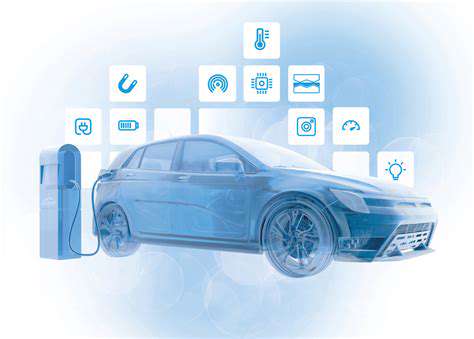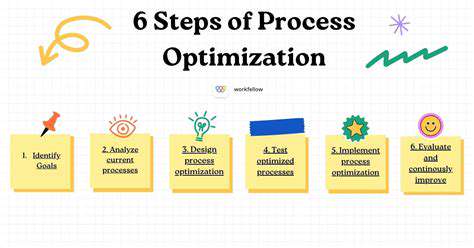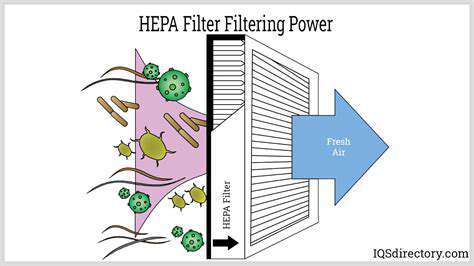What is Adaptive Cruise Control?
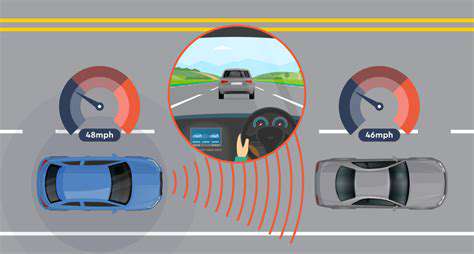
Understanding the Basics
Modern vehicles increasingly feature Adaptive Cruise Control (ACC), a driver-assistance system that automatically manages speed to keep a safe gap from the car ahead. Unlike conventional cruise control, this technology responds to real-time traffic changes, making highway driving and congested conditions significantly less taxing.
The system's effectiveness stems from its use of radar or cameras to continuously track the preceding vehicle's position and velocity. This real-time monitoring allows seamless speed adjustments to maintain the driver's selected following interval.
How Does it Work?
ACC's operation centers on environmental perception. Advanced sensors - typically radar units or optical cameras - constantly scan the road ahead, calculating both distance to and relative speed of vehicles in the lane. This data feeds into the car's central computer for processing.
When traffic conditions change, the system intervenes by modulating engine power or applying brakes to preserve the preset safety margin. This might mean slowing down when approaching slower traffic or accelerating when the road clears.
Key Advantages of Adaptive Cruise Control
Drivers benefit from ACC in multiple ways, particularly regarding safety and comfort. Perhaps most importantly, the technology dramatically cuts rear-end collision risks by automatically maintaining proper spacing. This proves invaluable in heavy traffic or when drivers experience momentary lapses in attention.
Additionally, ACC reduces driver fatigue during extended journeys by handling speed adjustments. With the system managing acceleration and braking, motorists can dedicate more focus to steering and situational awareness, enhancing overall road safety.
Different Types of Adaptive Cruise Control
Manufacturers offer various ACC implementations with differing capabilities. Premium versions include stop-and-go functionality, bringing the vehicle to a full halt in traffic jams and automatically resuming motion when possible.
Some high-end systems integrate with lane-keeping technologies, creating a more comprehensive driver assistance package that reduces steering effort while maintaining lane position.
Maintenance and Troubleshooting
Keeping ACC components in proper working order requires regular attention. Sensor lenses must remain clean, and electrical connections should be inspected periodically to ensure reliable operation. Any system malfunctions warrant immediate professional attention.
Ignoring ACC warning indicators could leave drivers without crucial safety features when they're needed most. Technicians recommend addressing any system anomalies promptly to maintain optimal performance.
Safety Considerations
While revolutionary, ACC isn't infallible. Sensor performance can degrade during heavy precipitation or when obstructed by dirt, requiring driver vigilance. Motorists should remain prepared to assume full control if the system encounters limitations.
Drivers must remember that ACC doesn't replace attentive driving. Maintaining situational awareness and keeping hands on the wheel remains essential, especially in complex traffic scenarios or poor visibility conditions.
Benefits of Adaptive Cruise Control
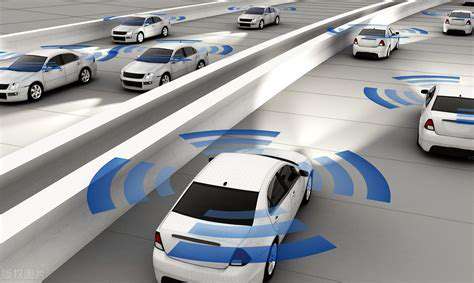
Enhanced Safety and Driver Comfort
ACC substantially improves road safety by automatically regulating following distances, significantly decreasing rear-end collision risks in congested conditions. The system's predictive capabilities help prevent accidents by responding faster than human reflexes in many situations.
From a comfort perspective, ACC eliminates the need for constant speed adjustments. Long highway stretches become less fatiguing as the system handles acceleration and deceleration, allowing drivers to concentrate on steering and traffic monitoring.
Improved Fuel Efficiency
ACC contributes to better fuel economy by promoting smoother driving patterns. Avoiding unnecessary acceleration and harsh braking - common in manual driving - significantly reduces fuel wastage, particularly during highway cruising where steady speeds are most efficient.
The system's precise throttle and brake modulation optimizes energy use, potentially yielding noticeable fuel savings over time. This efficiency benefit makes ACC particularly valuable for fleet operators and frequent long-distance drivers.
Convenience and Ease of Use
ACC simplifies highway driving by allowing drivers to set their preferred speed and following distance. Once activated, the system requires minimal intervention, freeing attention for navigation and other driving tasks.
This automation proves especially useful in stop-and-go traffic, where constant pedal work becomes unnecessary. The intuitive controls make the technology accessible even to first-time users, with most systems activating via simple steering wheel buttons.
Enhanced Traffic Flow and Reduced Congestion
When multiple vehicles use ACC simultaneously, traffic flows more smoothly as consistent spacing reduces the accordion effect of human driving patterns. This steadier movement decreases the frequency of traffic waves that cause unnecessary slowdowns.
The combined effect of smoother traffic and fewer accidents creates a virtuous cycle of improved road efficiency. Widespread ACC adoption could potentially reduce commute times and lower overall emissions from idling vehicles.
